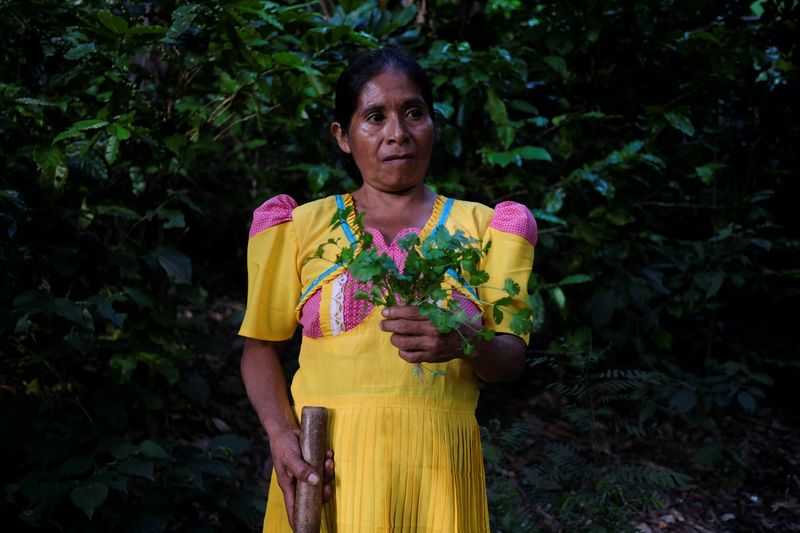SAN AGUSTIN ACASAGUASTLAN, Guatemala (Reuters) – Drought and crop failures are a ubiquitous threat in Guatemala, where hunger and malnutrition are rampant, especially in rural areas – a reality that international aid programs are trying to curb.
UN World Food Program workers want to train people in rural Guatemala in sustainable agricultural practices to help combat malnutrition.
Guatemala is located in a region known as the Central American Dry Corridor, where droughts have been longer and more severe over the past decade, and extreme weather events such as hurricanes have caused widespread damage.
This places families living in the Dry Corridor, especially small and medium-sized farmers and indigenous peoples, in vulnerable situations and unable to properly feed their children.
Guatemala’s stunting rate is consistently among the highest in Latin America, UNICEF data shows. In 2022, 44 percent of children in Guatemala fell outside the normal height-for-age limit.
“Before, we didn’t know what fish farming was. There was a lot of malnutrition here,” said Lilian Ramos, a fish producer in the Tecuiz community of San Agustin Acasaguastlan, a town in the Dry Corridor.
Her young children accompany her to a pond where she casts a net and brings in several fish.
“We started with a small well and watched ourselves grow little by little,” Ramos added.

The World Food Program training emphasizes the use of innovation and anticipatory actions to minimize damage to crops and food sources, allowing community farms to weather difficult weather conditions and continue producing.
“We do see some improvements… it is an excellent model that, even in terms of permeation, is an example for other countries that are also facing challenges from climate change,” says Tania Goossens of the World Food Program in Guatemala.


